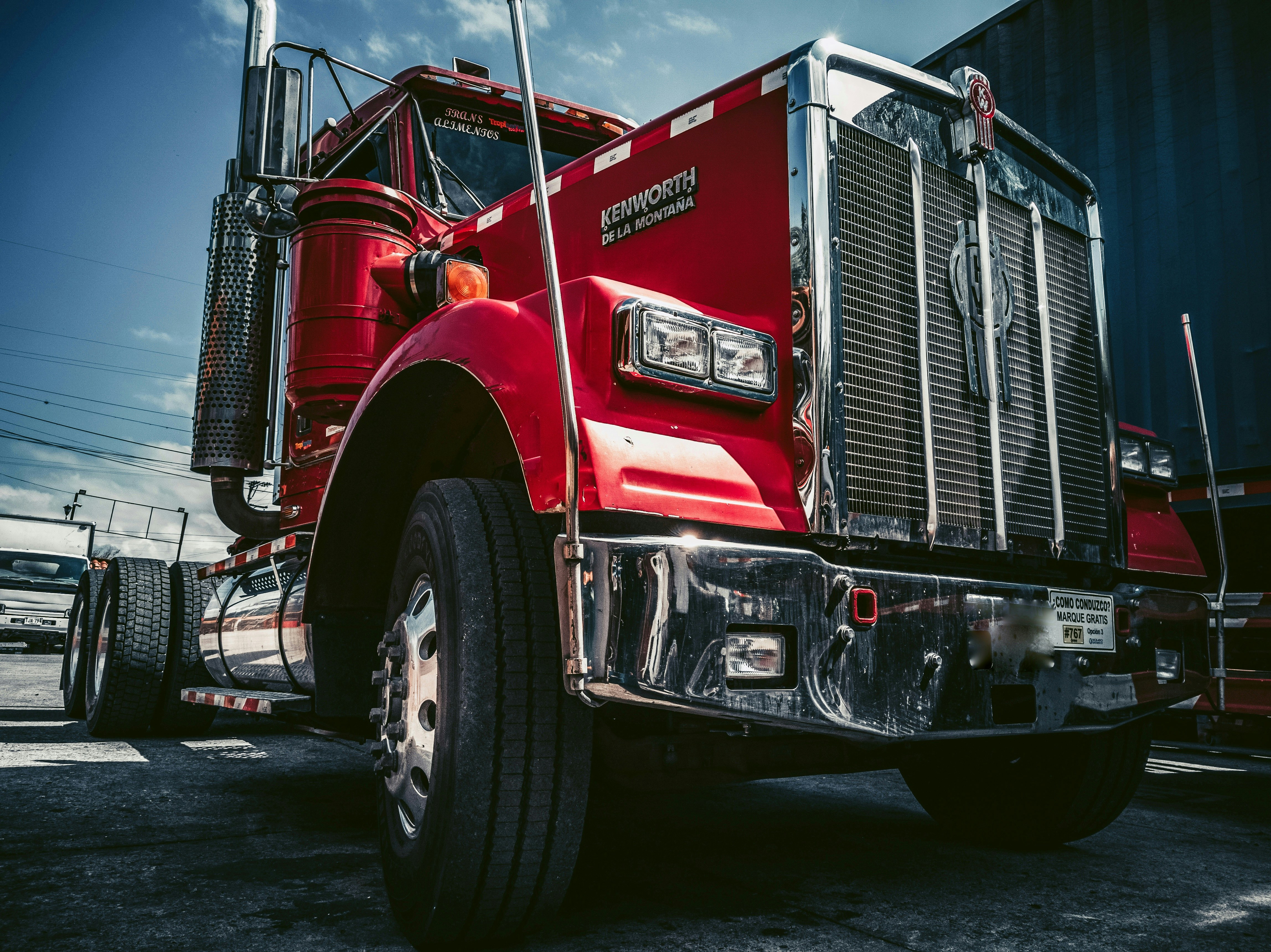
Commercial Vehicles: Stats & Figures
| Tags | CargoStreetTrucks📗 |
|---|---|
| Publication Date |
Introduction to Commercial Vehicles
Commercial vehicles constitute 72.5% of all cargo transport in Germany (as of 2020) and are expected to see a positive trend for the near future (72.7% projected for 2024) [1]. In this statistic, cargo transport additionally includes all transport on roads, railways, inland waterways, as well as pipelines. As a significant mode of transport for all goods transported out of, into, and through countries, in order to take meaningful steps towards sustainability and innovation in cargo transportation, one would have to start right here. Yet, in 2021, only 1.9% of all commercial vehicles (hereafter CVs) in Germany are powered by alternative powertrain technologies, that is, another power source other than Diesel (93.7%) and petrol (4.4%) [2]. Furthermore, this is only a slight improvement over the number of alternatively powered CVs in Germany in 2020, which was a mere 1.8% [2]. Out of these 65,157 vehicles, 32,210 are electric vehicles (49.4%), 18,328 run on liquefied natural gas (hereafter LNG) and constitute 28.1%, 13,584 vehicles are powered by natural gas (20.8%), and the remaining 1,035 vehicles are hybrid (1.6%) [3]. The greatest leap in numbers in the last year has been made by electric CVs: since 2020, an increase of 32% of the total number of electric CVs can be noted [3]. This trend towards battery powered electric vehicles in the CV industry is underscored by various studies, most notably the Boston Consulting Group publication on the Future of Commercial Vehicles (2019) [4]; “Battery powered will become the most mainstream of the three [major] technologies globally, at least for short-distance uses.” More on this will be discussed in the following sections.
Not only is the CV industry grappling with an increasing pressure and interest in renewable or sustainable energy sources for powertrains, but also the development of digital services and innovations, most significantly the increased adoption of Autonomous Driving technology. This will have major impacts on society in general in a number of ways, most importantly in the perspective of the labor market as well as the reduction of road accidents due to human error. Regarding the latter issue, CVs are involved in a high number of road accidents with the result of personal injury every year: in 2020, 22,420 of 264,499 road accidents (8.5%) with personal injury occurred in connection with a CV [5]. Because of the immense weight of CVs, the opposing parties (usually automobile drivers) are four times more likely to suffer fatal injuries than CV drivers themselves [6]. Further, according to the statistic for 2014, 59% of the involved CV drivers were the accident perpetrator. This higher risk of fatal injury (though declining) can therefore be a main motivator for the advancement of Autonomous Driving for CVs. Pertaining to the labor market issues, the current and ongoing labor shortage for CV drivers in Germany [7], which in turn exerts pressure on the increasing demand for cargo and its transportation, can be solved by the use of Autonomously Driving vehicles. The other side of the coin of automation, however, is the outcry against automation in the face of job losses and unemployment in an entire industry in the long run, which must also be taken into account to be balanced out and is further discussed in the section “Political Topics & Constraints.
See Also
Topics
Sources
[1] Kords, M. (2021). Anteil der Lkw an der Transportleistung im Güterverkehr in Deutschland bis 2024 [Graph]. Retrieved from https://de.statista.com/statistik/daten/studie/12195/umfrage/anteil-der-lkw-am-gueterverkehr-in-deutschland/
[2] Kords, M. (2021). Lkw-Bestand in Deutschland nach Kraftstoffarten 2021 [Graph]. Retrieved from https://de-statista-com.eaccess.ub.tum.de/statistik/daten/studie/468860/umfrage/lkw-bestand-in-deutschland-nach-kraftstoffarten/
[3] Kords, M. (2021). Lkw-Bestand mit alternativen Antrieben in Deutschland 2021 [Graph]. Retrieved from https://de-statista-com.eaccess.ub.tum.de/statistik/daten/studie/259803/umfrage/lkw-bestand-mit-alternativen-antrieben-in-deutschland/
[4] Jentzsch, A., Janda, J., Xu, G., Wiedenhoff, P., Girisch, A. (2019). The Future of Commercial Vehicles — How New Technologies Are Transforming The Industry. The Boston Consulting Group.
[5] Kords, M. (2021). Straßenverkehrsunfälle von Güterkraftfahrzeugen bis 2020 [Graph]. Retrieved from https://de-statista-com.eaccess.ub.tum.de/statistik/daten/studie/12297/umfrage/strassenverkehrsunfaelle-von-gueterkraftfahrzeugen/
[6] bussgeldkatalog.org. (2021, September 29). Unfallstatistik der Bundesrepublik Deutschland: Die Zahlen sprechen für sich. Retrieved from Mobilitätsmagazin: https://www.bussgeldkatalog.org/unfallstatistik/
[7] Bundesministerium für Verkehr und digitale Infrastruktur. (2021). Verkehr in Zahlen 2020/2021. Berlin: Bundesministerium für Verkehr und digitale Infrastruktur.